Formula One Hits Public Roads
Today, June 1, Mercedes-Benz has officially taken the wraps off of the final version of the famed AMG One. It is quite literally an F1 car for the road, so don't expect a plush interior with heated cupholders just because you ordered one for two million dollars.

Imagine driving a F1 car out of your driveway to the local pub. Speeding past a Prius, then a Subaru, and a Tesla. All the efficient and practical stuff. With a massive smile on your face, wind in your hair, and the scream of the turbocharged engine behind you. Now, it's possible. Today, June 1, Mercedes-Benz has officially taken the wraps off of the final version of the famed AMG One. It is quite literally an F1 car for the road, so don't expect a plush interior with heated cupholders just because you ordered one for two million dollars. Fuel economy, you ask? Forget about it. The AMG One is one of the most incredible feats of engineering ever, and is likely the most complicated car ever built.
Everyone Needs an Angel
When a brand like Acura, or Audi, or in this case Mercedes creates a car that is much more expensive and completely impractical compared to the rest of their offerings, it's not because they expect those cars to print cash on their own. That is actually quite far from the truth. The real reason for creating cars like this, so-called "halo cars," is because they want to attract buyers from other brands that are wanting to get into something more exciting, something their neighbor doesn't have. Maybe the buyer will see an ad for this super exciting car, and then end up buying the usual borderline appliance SUV to take the kids to soccer practice in. This has been done many times over the years, and it's a formula that works, but the folks in Stuttgart just revealed what is thus far in 2022 one of the most exciting vehicles yet. The Mercedes-Benz AMG One has over a thousand horsepower thanks to a 1.6 liter turbocharged V6 paired with four electric motors, and will reach 124 mph in only 7 seconds. Outstanding figures... but fitting as the engine was pried out of their F1 car and dropped into this thing when development on the project began in 2017.
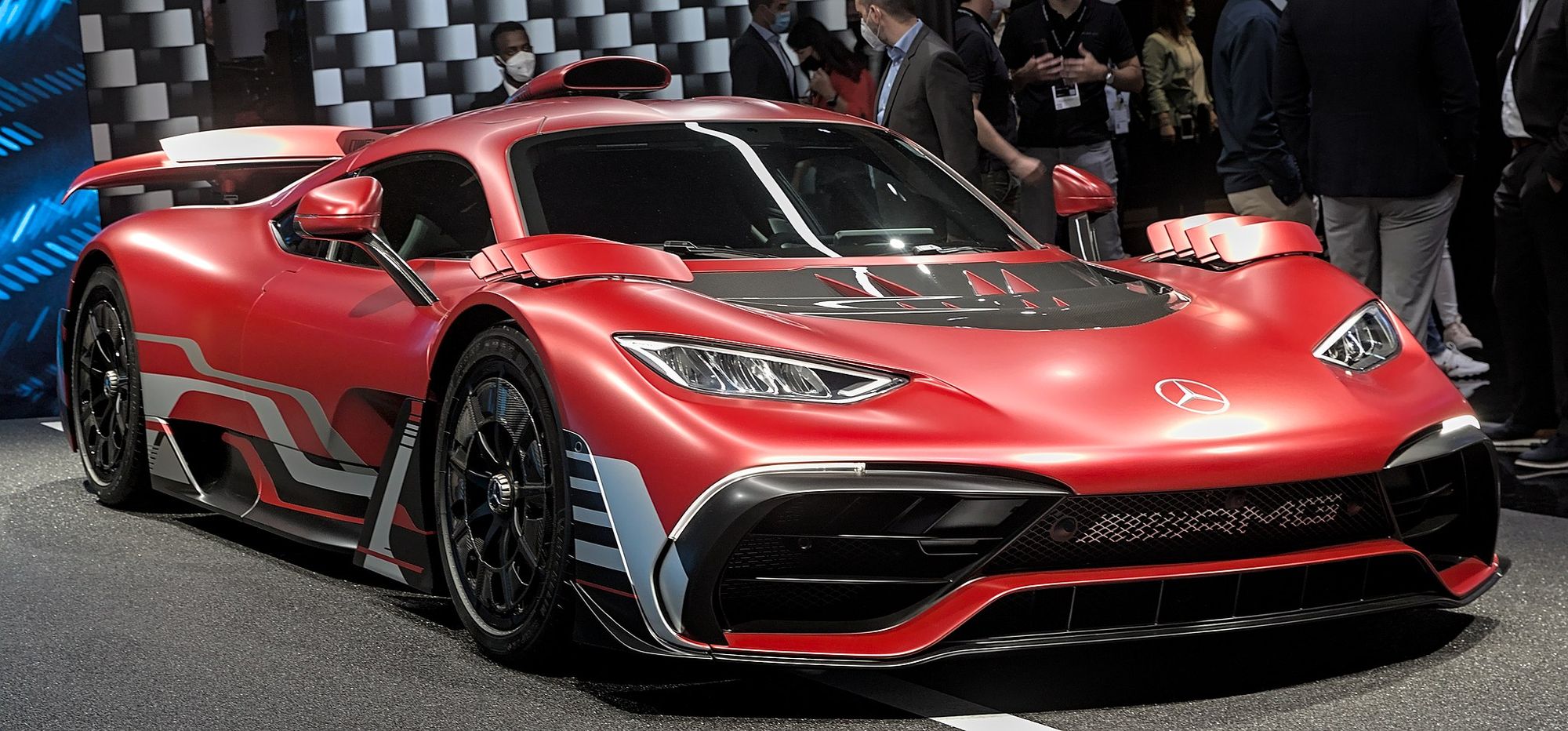
Not All Heroes Are Born
Much like Batman, some heroes are not destined for success as soon as they enter into the world. The idea behind the AMG One was great. Put an F1 engine in a car, throw on some road legal equipment, and boom, it's done. Not so fast.
Since the initial reveal at the 2017 International Motor Show Germany, the development has been held up due to all of the intricacies of emissions regulations, electric powertrains, battery cooling, and ensuring that the car kept the lightness that drivers would expect while also having battery packs that are famous for effectively being a glorified anchor. The body of the car is incredibly effective at generating downforce, as Mercedes states that it has negative lift when above 31 mph. Most performance cars could only generate that if they were upside down. Unfortunately, the model is not available in the US likely due to the safety regulations that we have regarding impact protection. Mercedes-Benz stated that making the vehicle comply with U.S. standards would "significantly compromise" the way the car performs. One can assume that Audi and/or BMW will have a response at some form soon. However, the gravity of the project raises the barrier for entry into the segment significantly. The development for this single model has been in place for over 5 years now, something unheard of in the automotive industry. Imagine the relief in Affalterbach right now, where the development of the vehicle took place. The CFO must have been sweating bullets hoping the car eventually made it to market. His patience has been rewarded.
Auto Digest recently had an exclusive talk with one of the team leaders of the AMG One, and he stated that if he had to describe the car with one word it would be "Fuchsrohre" which means "Fox Hole" in German and is a certain part of the infamous Nurburgring race track in Germany. The source stated that there where a ton of challenges in the process of industrializing this vehicle such as COVID and Brexit, while also emphasizing how challenging it was to drive and test the car with the variety of weather conditions while essentially driving on slicks. The team had to do the testing on this car themselves, and he played a part in that testing process. The source stated that the entire journey of the AMG One was much like the difficulty of the Nurburgring racetrack itself where it was often tested. A long and difficult path, but rewarding.
"We really had to react, it was up to us to control it. As AMG we always wanted to win, but sometimes you must slow down, shift your project timing, and it changed our race plans quite often. Sometimes we were not in first place, a lap on the Nurburgring is really extreme. It is the most challenging track in the world. There is nothing like it, for the materials, the vehicle, the driver... If you are good on it, you are a good driver period. We were doing the testing ourselves. We had to have the team spirit. That is us. The journey on the AMG One was much like that." - AMG One Team Member
Ultimate Proving Grounds
Formula One, including the cars and associated technology, has long been the way that many manufacturers put themselves through the paces and run up against the absolute boundaries of current engineering teams. Ferrari, Mercedes-Benz, McLaren, and soon to be Audi and Porsche all compete in the sport for the opportunity to garner attention from viewers across the world as a sort of efficient global marketing and also for their development teams to try new things that will eventually trickle down into production cars. As an example, the 48 volt "mild-hybrid" system seen on many Mercedes-Benz models today originally debuted in F1 racecars. The sport is much more than just the drivers; it is about project management, logistics, and much more. On average, the F1 cars that compete for wins today are worth about twenty million dollars. Companies look at this as an investment, or they wouldn't be spending it. Mercedes-Benz has long been one of the most successful teams in the game, and they saw the opportunity to replicate that engineering prowess on the road. It has been a long road, but the destination is heavenly.
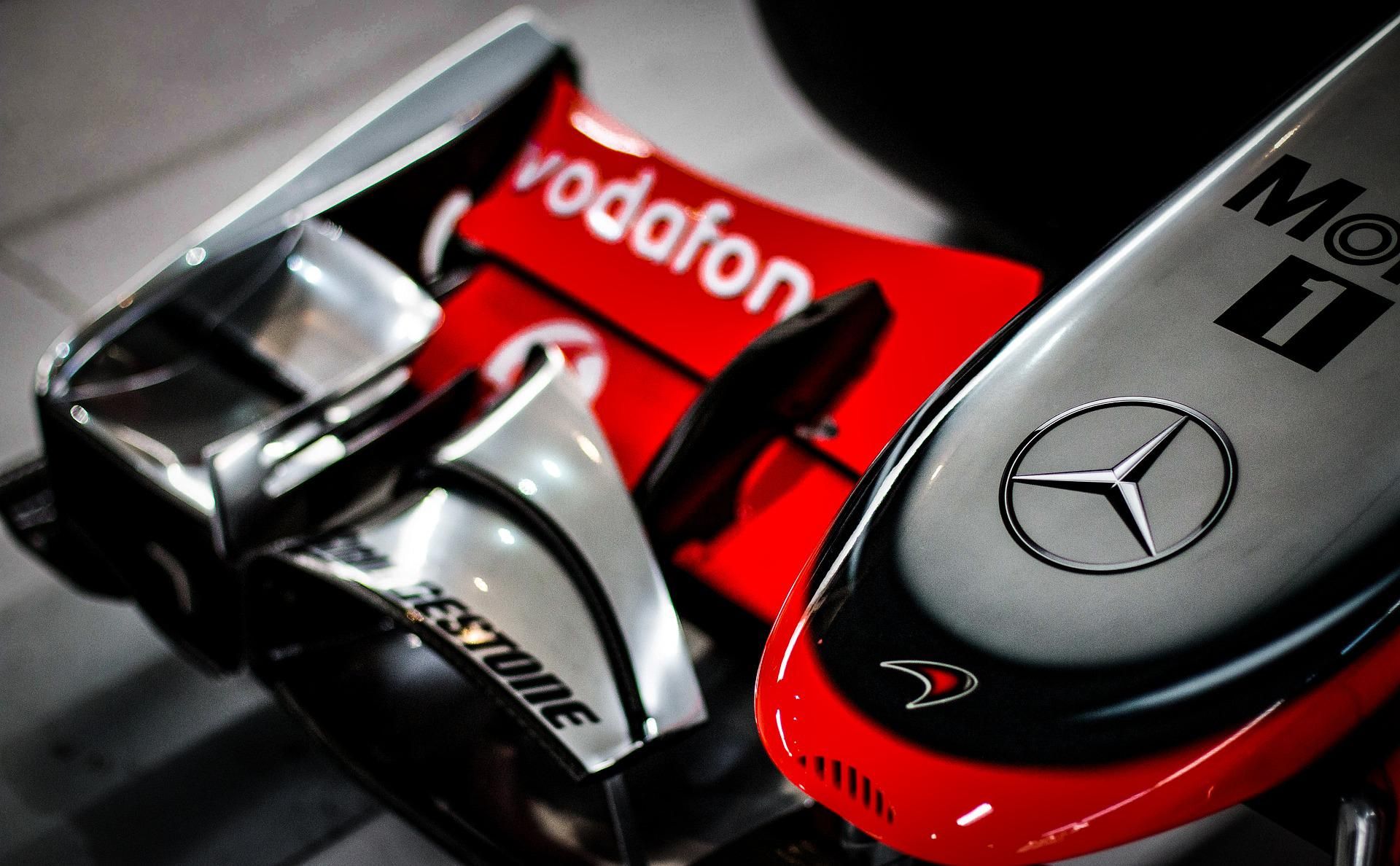
You Don't Know What You've Got Until It's Gone
I want to reiterate that the days where the creative freedom for projects such as these is limited. The last few decades have been a hell of a time for engine development, and for the most part the industry has made the most of it. The V8's of the Corvette, V10's of the Huracan's, V12's of the Ferrari's were all stupendous. They were a marvel. If you told someone in the 90's that even Volkswagen would figure out how to put a quad-turbo W16 into a coupe (Bugatti Veyron) they would probably have reported you for substance abuse. Unfortunately, the days of those ideas garnering the attention of critics have largely come to an end.
Putting a F1 engine into a street legal car seems to be the epitome of the years of work that AMG has contributed to internal combustion. The SLR, SLS, and now the One have all been unique in their own way for the brand, but this truly is a new height for the brand and the industry. It is much easier to make a two thousand horsepower electric car than it is to make a one thousand horsepower combustion car, and market values of models such as the One will show this over the long term.
The automotive sector as a whole has pulled nearly all funding for anything involving gasoline and instead routed that cash to the software or battery engineering folks at the other end of the factory. It is the way of business, and we are at the next big thing. Now, if you can afford the two million dollar price tag, I would recommend swiping your card with or without your partner's permission. They will thank you later.
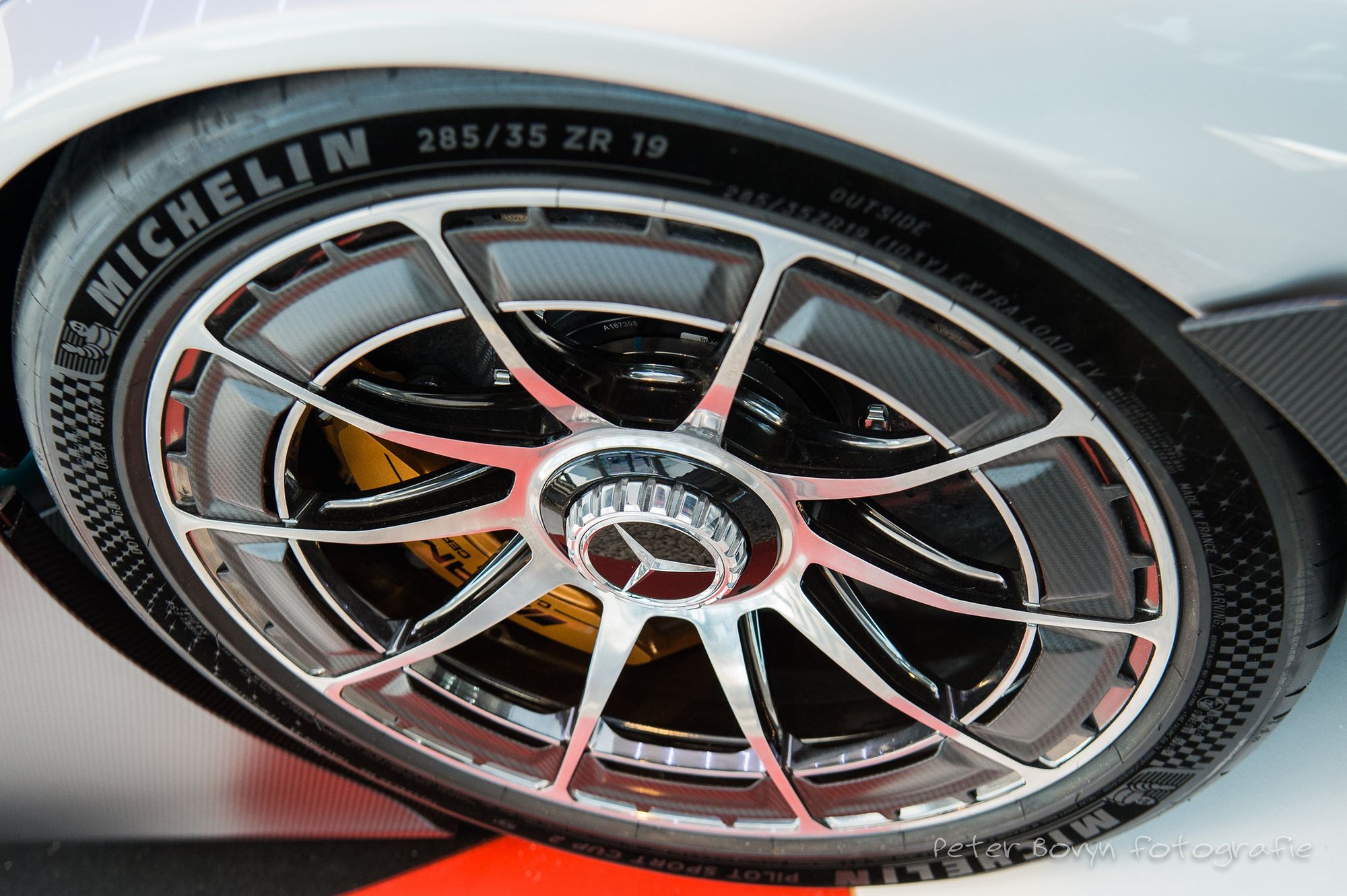
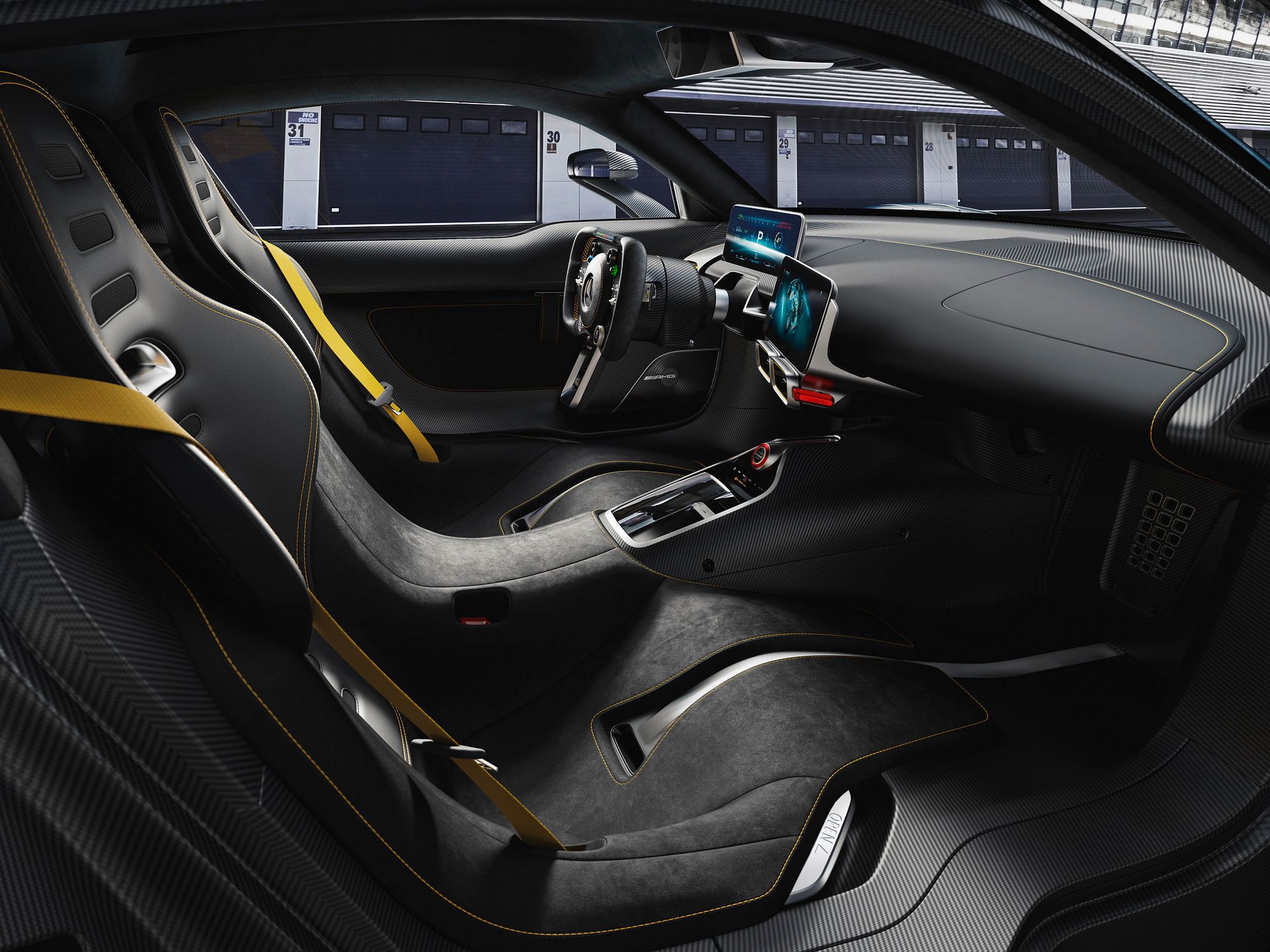
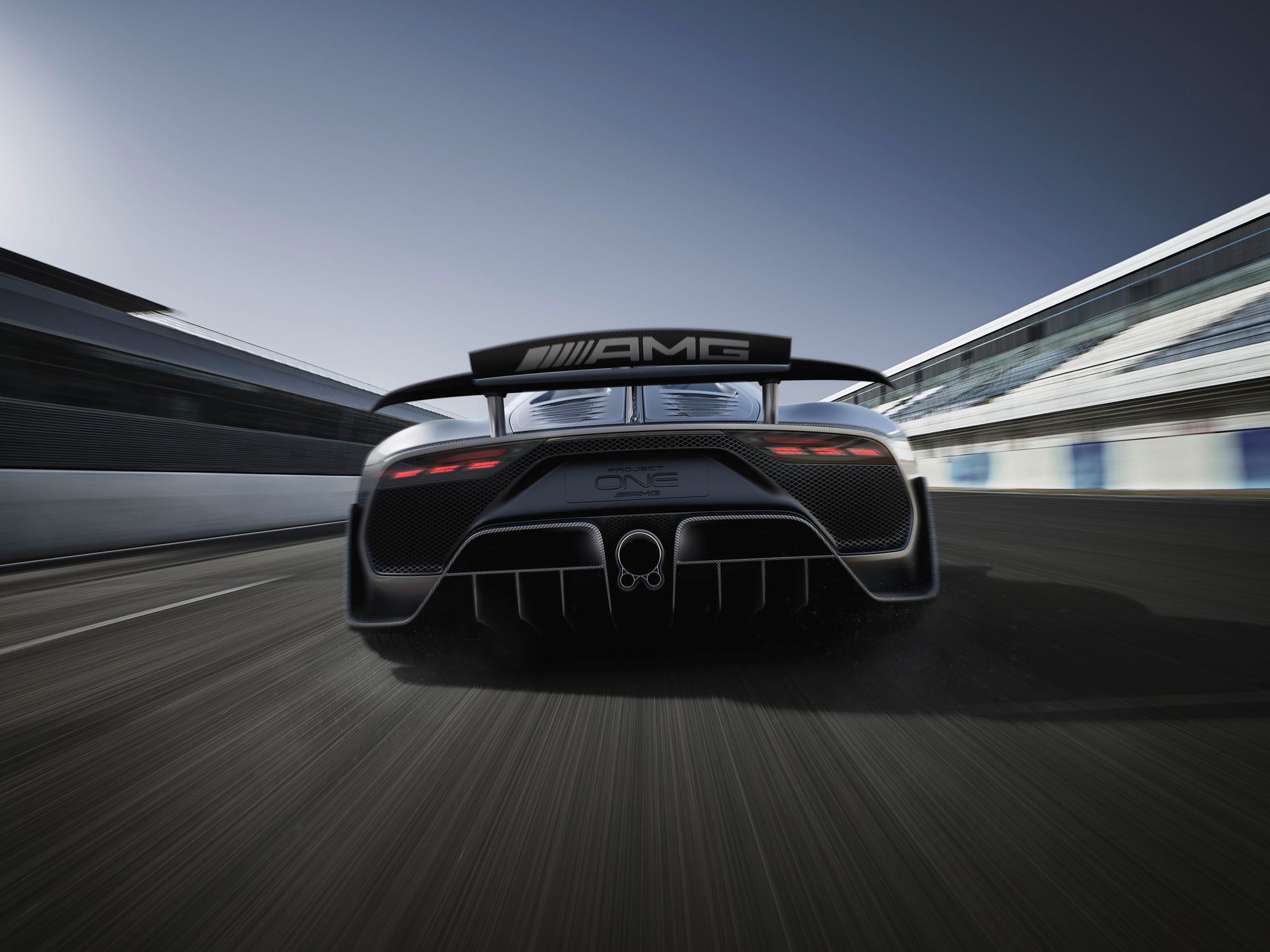
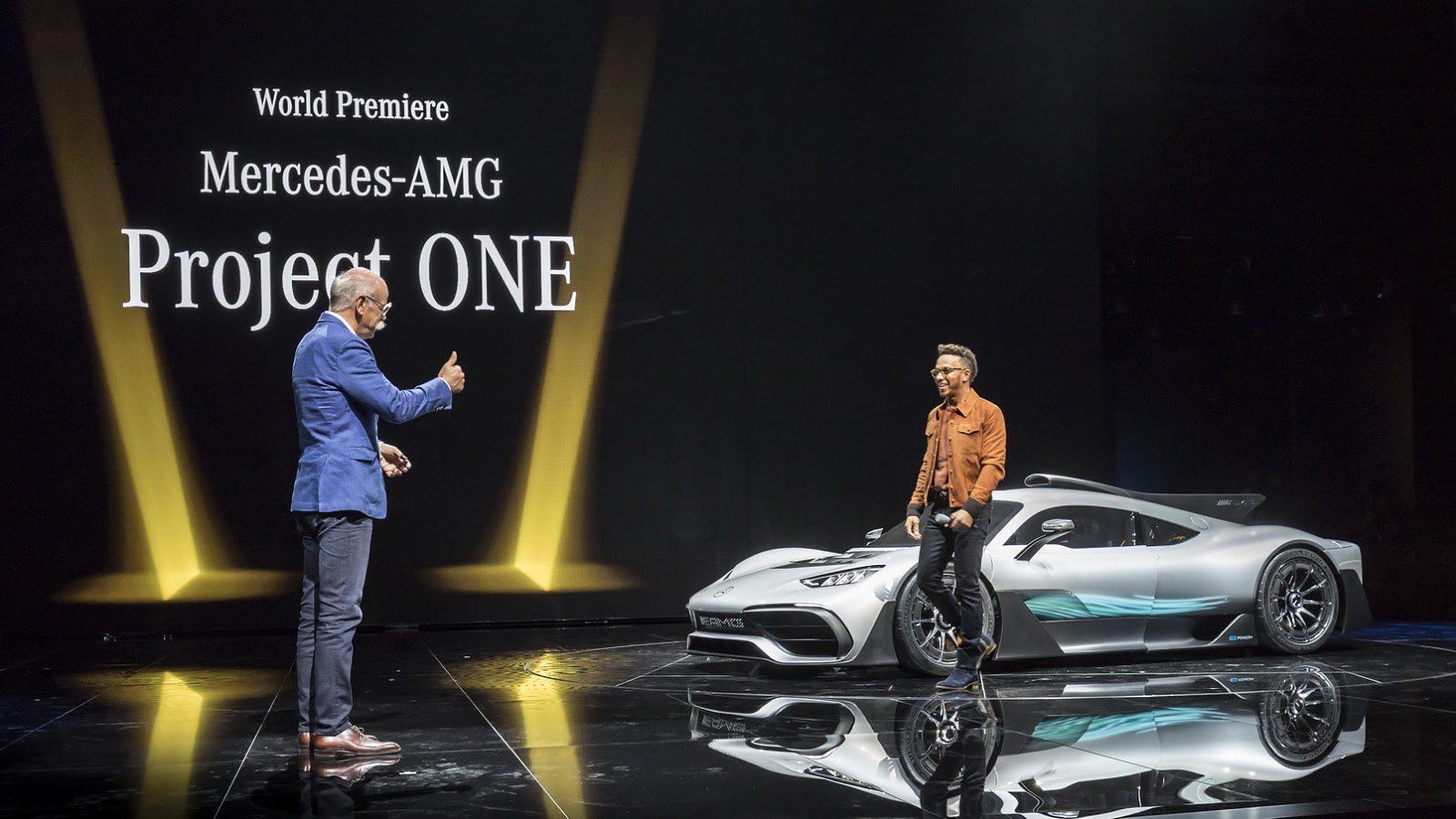
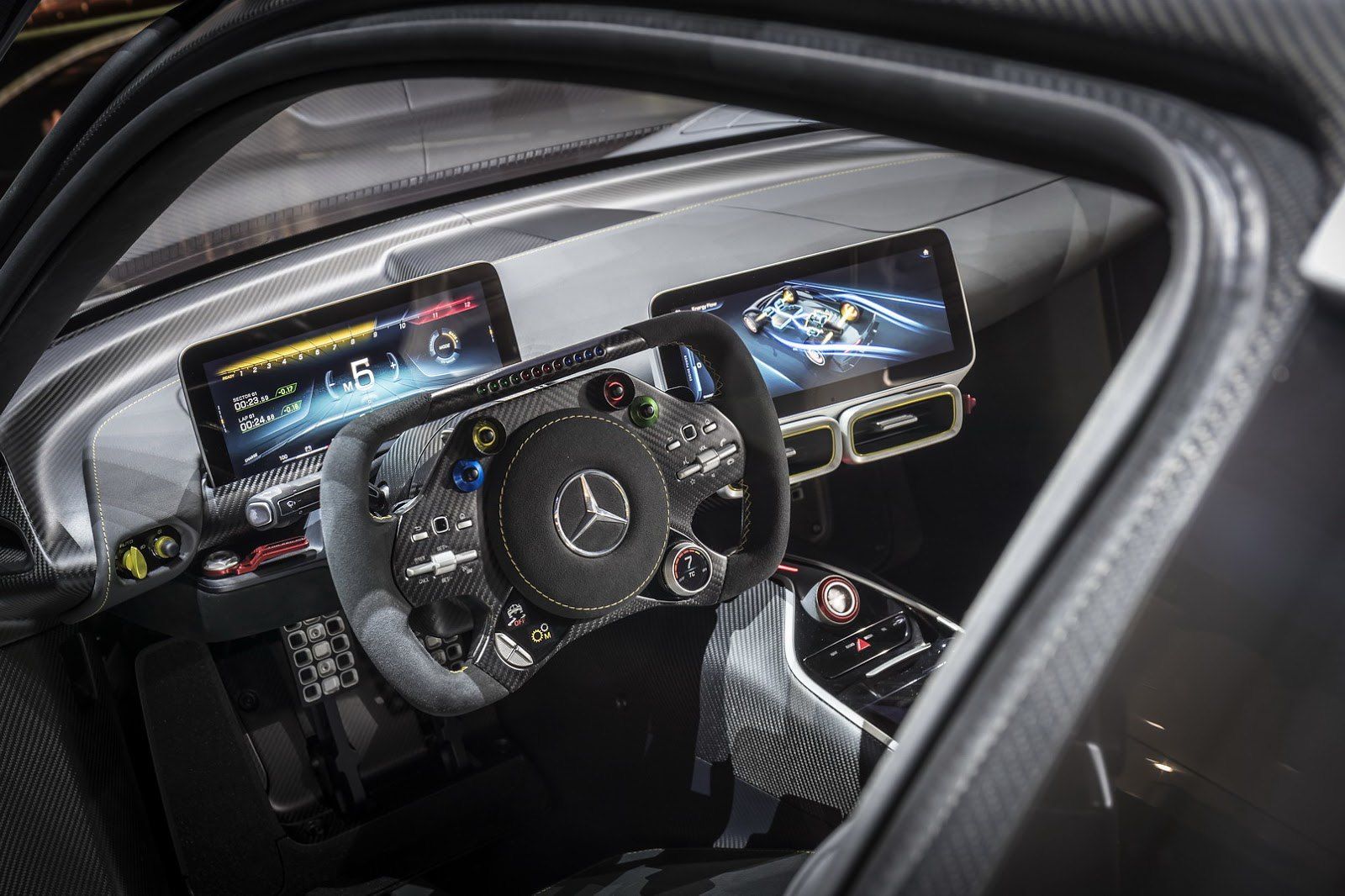
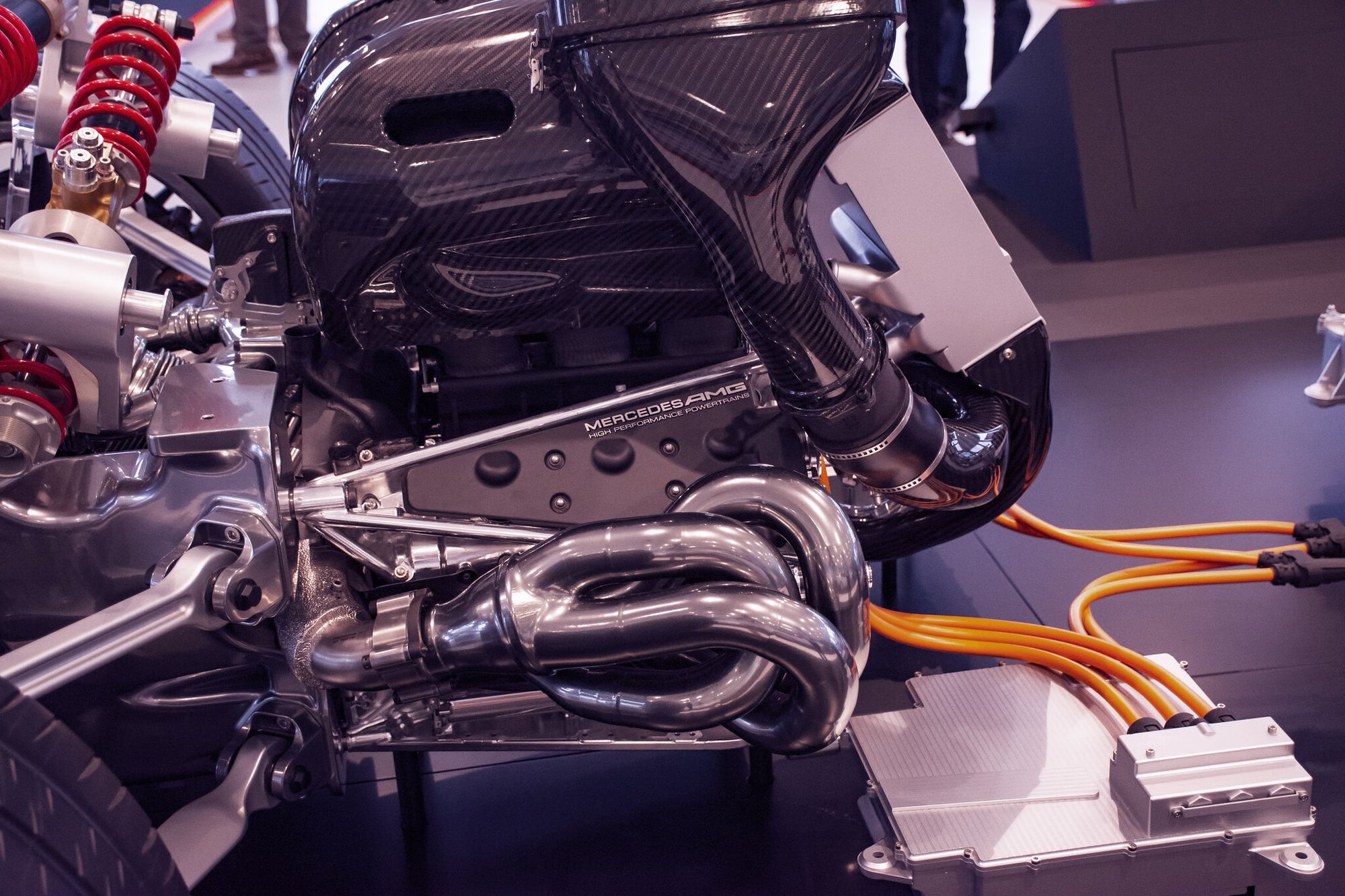
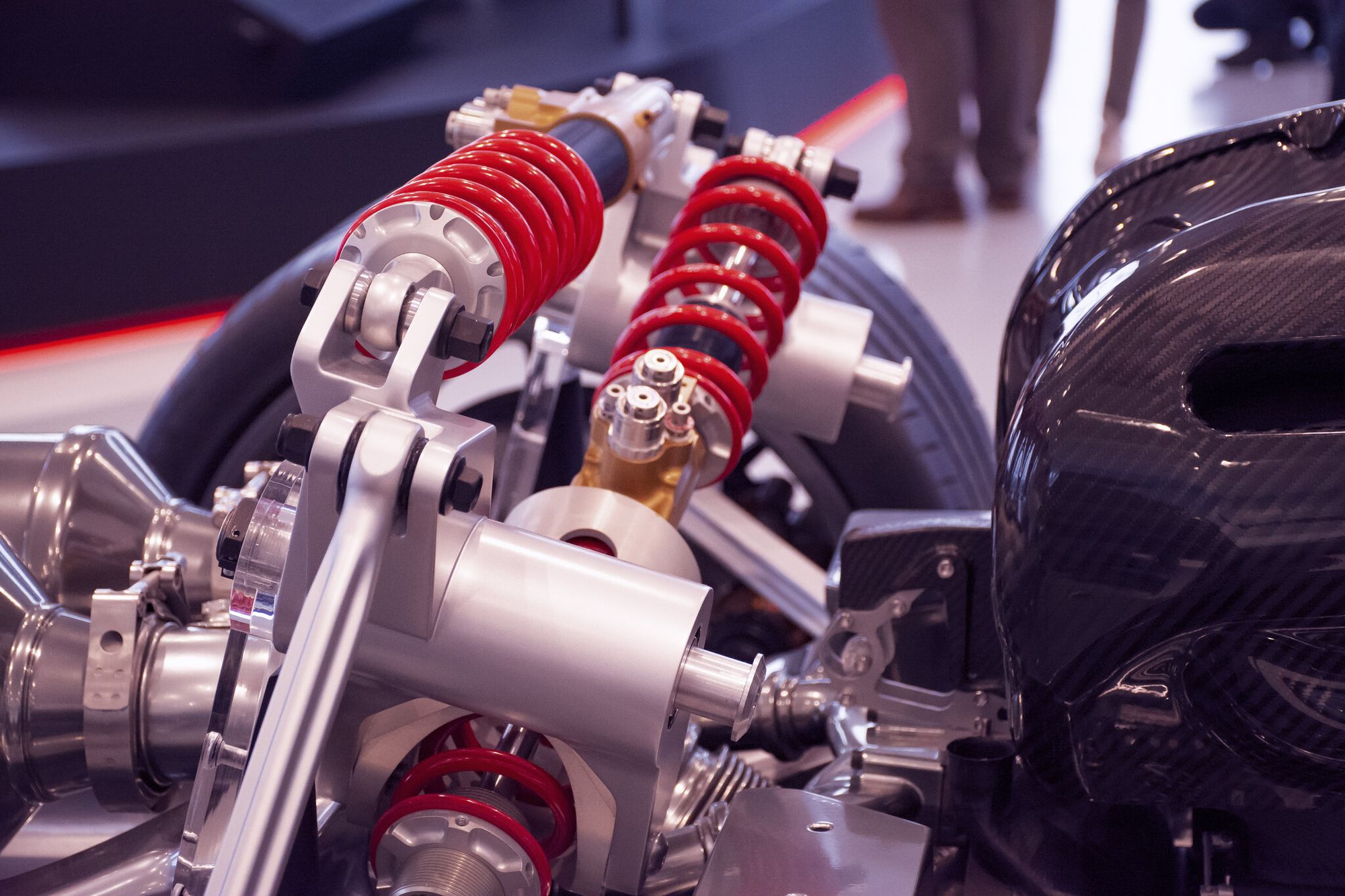
Subscribe for more Auto Digest content, with no delivery fee - JWK
-All photos were taken from sites promoting royalty free images

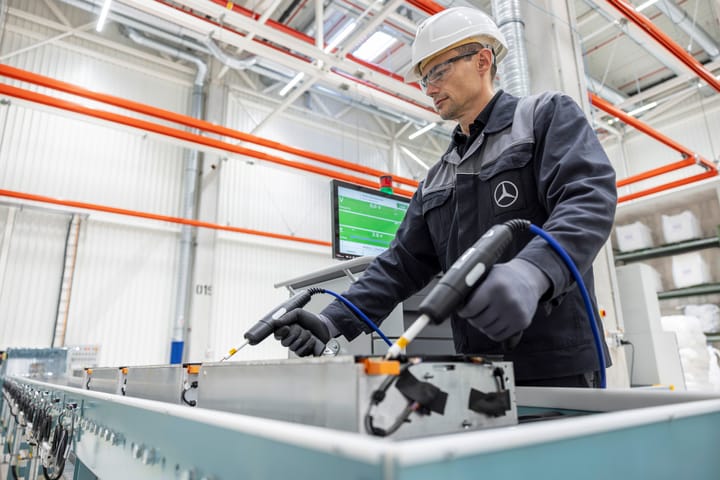

Comments ()